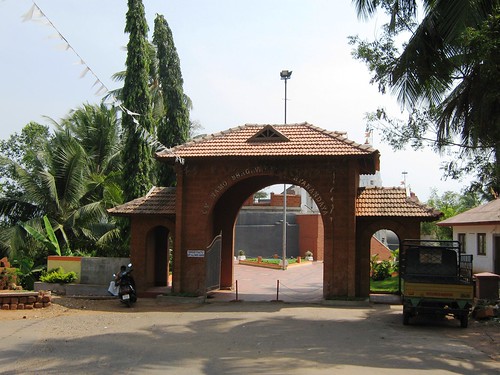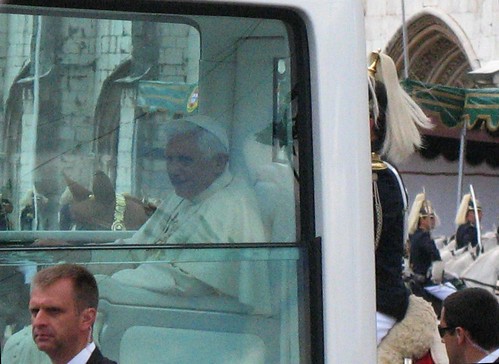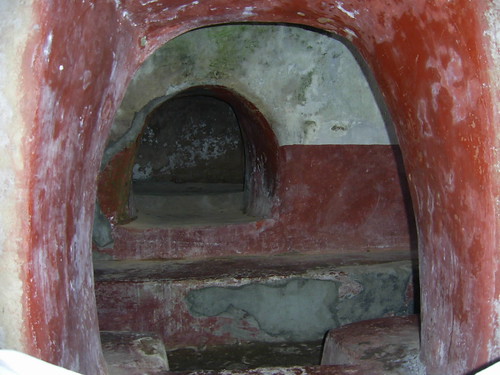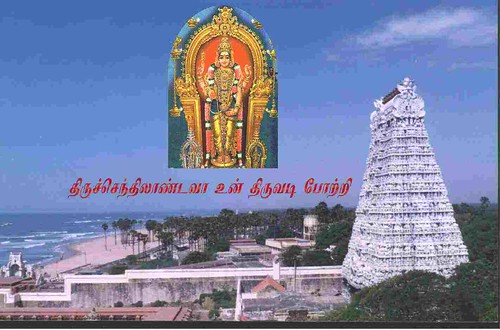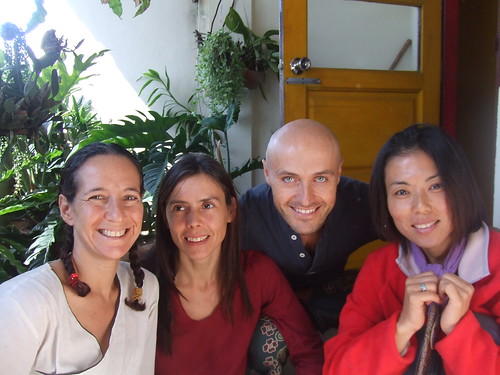Picture: Witches (Woodcut, 1508) by Hans Baldung Grien (1480-1545), the famous German Renaissance artist in painting and printmaking in woodcut.
Among the believers of monotheistic religions, sorcery came to be associated with heresy and apostasy, and hence it was viewed as evil. Among leaders of established popular religions and even secular leadership of the late Medieval/ early Modern periods, fear of witchcraft was widespread and sometimes it led to large scale witch hunts. In such hunts, not only practitioners of witchcraft, but even believers of minor religions and sects were also targeted. As a result, in Europe and some parts of the middle east, hundreds of thousands of people suspected of practicing witchcraft were imprisoned, tortured, banished, executed, and the lands and possessions of tens of thousands of accused persons were confiscated.
Interestingly, the majority of the accused witches were women, though in some regions the main focus shifted on men. Mostly, accusations of witchcraft were combined with charges of heresy against groups such as the Cathars and Waldensians. Cathars, or believers of Catharism, were a Christian religious sect with dualistic and gnostic beliefs who lived in the Languedoc region of France and other parts of Europe in the 11th century to 13th century.
The Waldensians (aka Waldenses or Vaudois), a Christian movement of the later Middle Ages and descendants of whom still exist, are active congregations in Europe, South America, and North America, and they are followers of the Waldensian Evangelical Church. Their spiritual heritage is considered lofty, and includes proclaiming the Gospel, serving the marginalized people, promoting social justice, fostering inter-religious services, and advocating respect for religious diversity and freedom of thoughts.
An infamous and widely circulated witch-hunting manual written by Heinrich Kramer, an Inquisitor of the Catholic Church, is ‘Malleus Maleficarum’, first published in Germany in 1487. It instructs governments, law courts and priests about how to identify witches, why most witches are women, how to put witches on trial and how to punish witches. The book also defines a witch as evil and typically as a female. The main purpose of the Malleus was to refute arguments claiming that witchcraft does not exist. Also it promoted the idea that witchcraft do exist in large scale. As a result, anyone found not believing in the mainstream religion was persecuted by others.
Due to invention of mechanical movable type printing press in the fifteenth century by Johannes Gutenberg, the printing and circulation of Malleus Maleficarum dramatically spread throughout Europe rapidly in the late fifteenth century and the early sixteenth century. In the words of Bertrand Russell, "the swift propagation of the witch hysteria by the press was the first evidence that Gutenberg had not liberated man from original sin." The Malleus is also heavily loaded with the subjects of divination, astrology, and healing rituals the Catholic Church inherited from antiquity.
Religious, spiritual and philosophical confusion prevailed all over, as the late fifteenth century was also a period of religious turmoil. The ideas contained in Malleus Maleficarum and the witch craze promoted by it took advantage of the increasing intolerance of the Reformation movement and the Counter Reformation movement in Europe, where the Protestant and Catholic camps, fighting against one another and zealously trying to maintain the purity of their respective faiths.
Even in today’s world, witchcraft accusations are regularly reported, often it is often followed by the satanic ritual abuse and moral panic. Ironically, there seems to be an increase in the followers of witchcraft, and an equally increasing number of people fearing and opposing witch craft. Both are based on superstitions or illogical thinking, sometimes find support from misguided religious, spiritual and political leaders, and lead to blood libel of various kinds. These are not limited to any one region or religion, but can be found across believers of many religious groups all around the globe.
Wicca practitioner Ipsita Roy Chakraverti, who declared herself as India's first trained witch years ago, said in an interview, "Sometimes our darker forces come to the fore and dominate events. These are always there in our subconscious and it is when these forces come out that the unexplainable takes place." In her website (www.wiccanbrigade.com/ipsita/bio.htm) Chakraverti states, “Even though I studied Wicca in the West, I believe at one time it was a global movement. In India, I have researched Dakini Vidya which draws its strength from the Goddesses Kali and Durga. Just as I have wrapped myself in the black cloak of Isis and stood like a queen among my peers, arrogant and beautiful, so also I have walked with bare feet on the cold grey stones of the Yogini Temple in Orissa, India, and felt them warm with a sudden pulsation under my feet. The same Goddess force which goes by the name of Isis, Athena or Minerva in the West, manifests as the Yoginis in the East.” Chakraverti has published her experiences and views in the form of two books, ‘Beloved Witch’ (2000) and ‘Sacred Evil: Encounters with the Unknown’ (2003).





